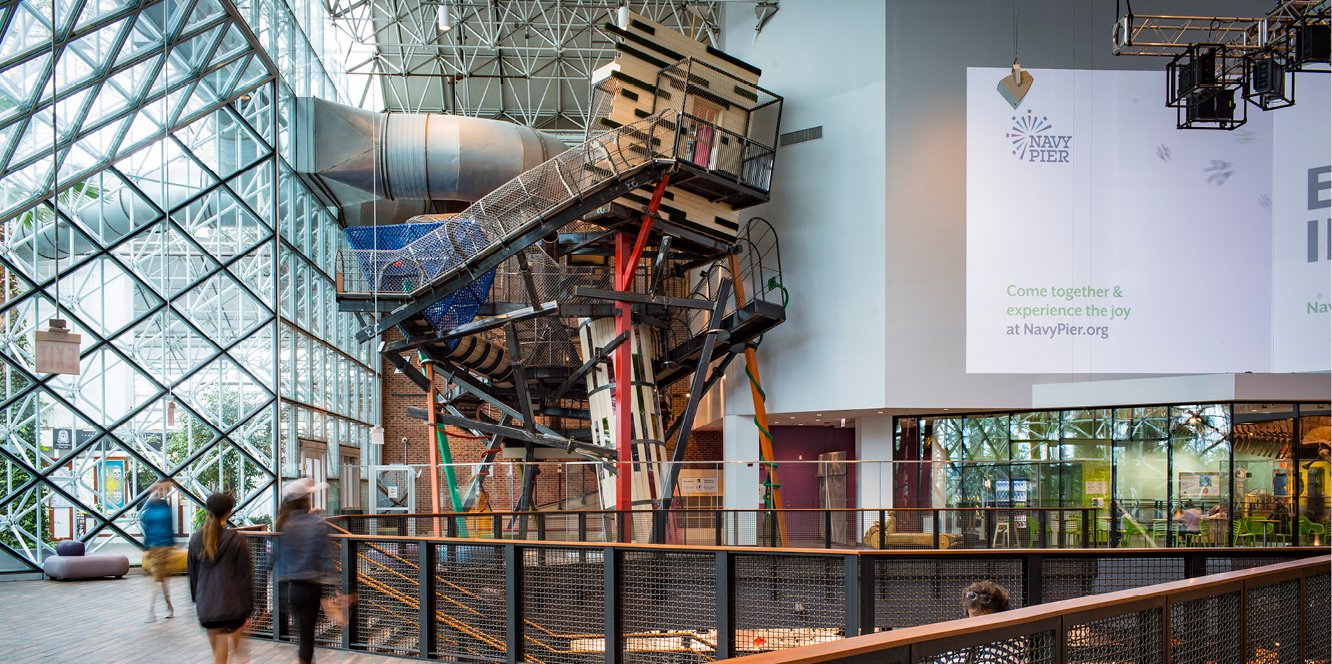What is one of the most family-friendly activities in Chicago? You’ve guessed it right: the Chicago Children’s Museum! With play and immersive learning at its core, the Children’s Museum certainly made me wish I was little again. But why play? What makes the museum so dedicated to providing various play forms for children that it’s been 40 whole years? As the museum celebrates its 40th anniversary, we can’t think of a better time to peek behind the scene with Jennifer, CEO of Chicago Children’s Museum.
Q (Urban Matter): Welcome! Before we get started, congrats on your 40th anniversary! It’s such a big deal for the museum, I’m sure. Honestly, can adults go explore as well, because your programming looks so intriguing!
A (Jennifer): Absolutely! There are a lot of exciting things going on. And well, as a reporter, you can certainly make arrangements (lol)! But otherwise, I suggest you find a child and come play. 🙂
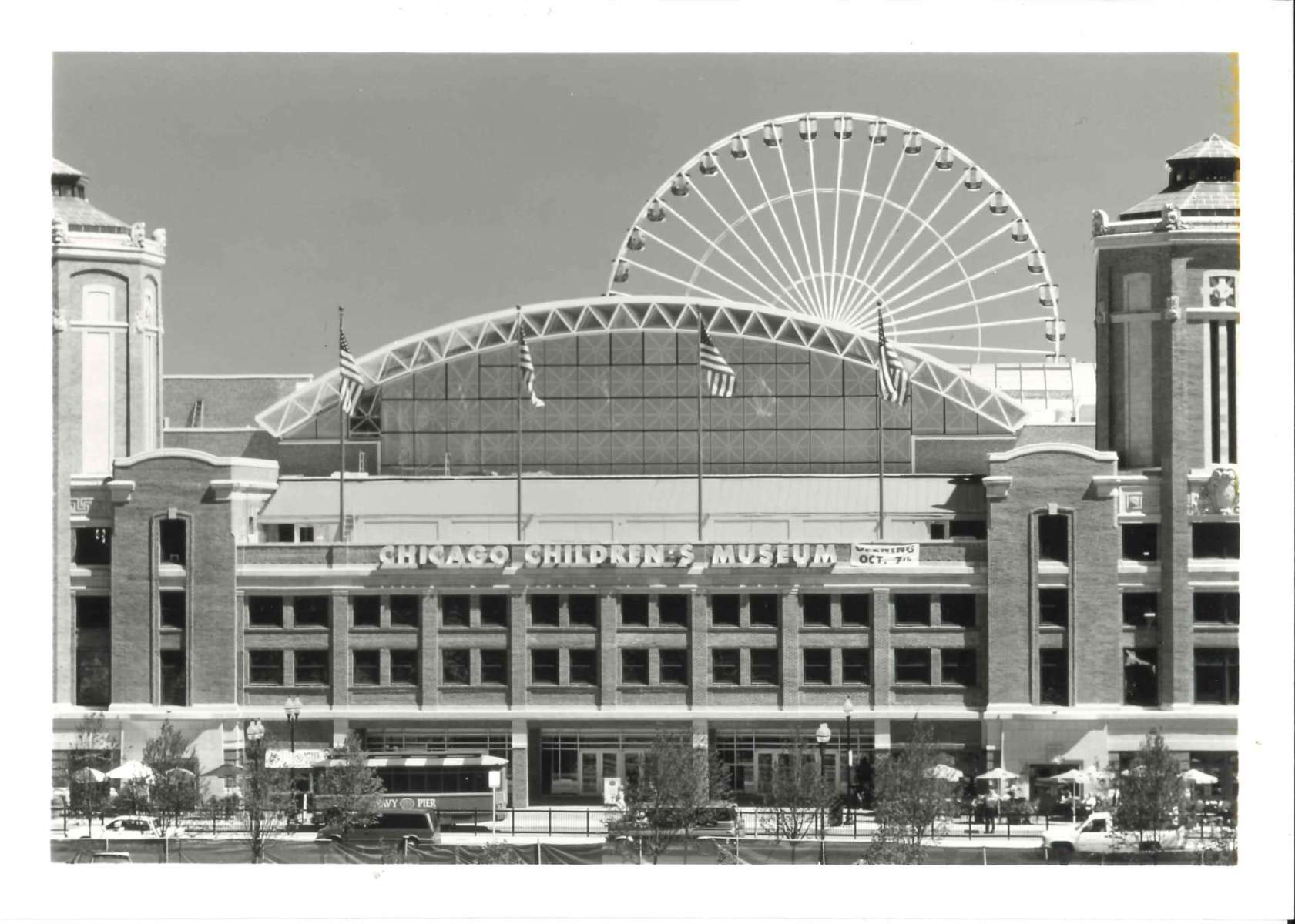
Q: Haha, well, if all things fail, I can kidnap my friend’s children. Now, let’s begin with some background story, shall we? Why don’t you give us a snapshot about your journey and growth over the past 40 years?
A: Yes! So, Chicago Children’s Museum was founded 40 years ago in 1982 by a group of women who were concerned about cutbacks in the arts, specifically in Chicago public schools, and really wanting to create a place that could have hands-on learning: a developmentally appropriate art space. They started in the hallway, and what’s now the Chicago Cultural Center was then the main Chicago Public Library branch. Within the first few months, they had 10,000 people came through this little space. They had an exhibit called “Getting to Know Hue,” which was all about color.
Since then, the museum has continued to grow steadily. It had four homes and each time the space tripled. We moved from the Culture Center to Lincoln Park with 7,000 sqft, and tripled again to about 21,000 sqft when we moved to North Pier, and now we’re three times that size at Navy Pier, where we opened in 1995.
Q: From then to now, what has become different?
A: Some of the things that have changed would certainly be the growth, and with that the opportunity to explore more ideas and concepts, going beyond just art education — although it continues to be at our heart since we still create plenty of art, display art everywhere in and right outside of the museum, and a working studio where families can come explore — but we also incorporate all sorts of things children do.
Our conceptual framework is around the idea of the universal pursuits of childhood. What do all children need, love, and want to do no matter their age, origin, or native tongue? That includes pretending (role-playing), exploring the world, climbing, building, collecting… So we really focus on those things and recognize how all those activities support a child’s healthy development.
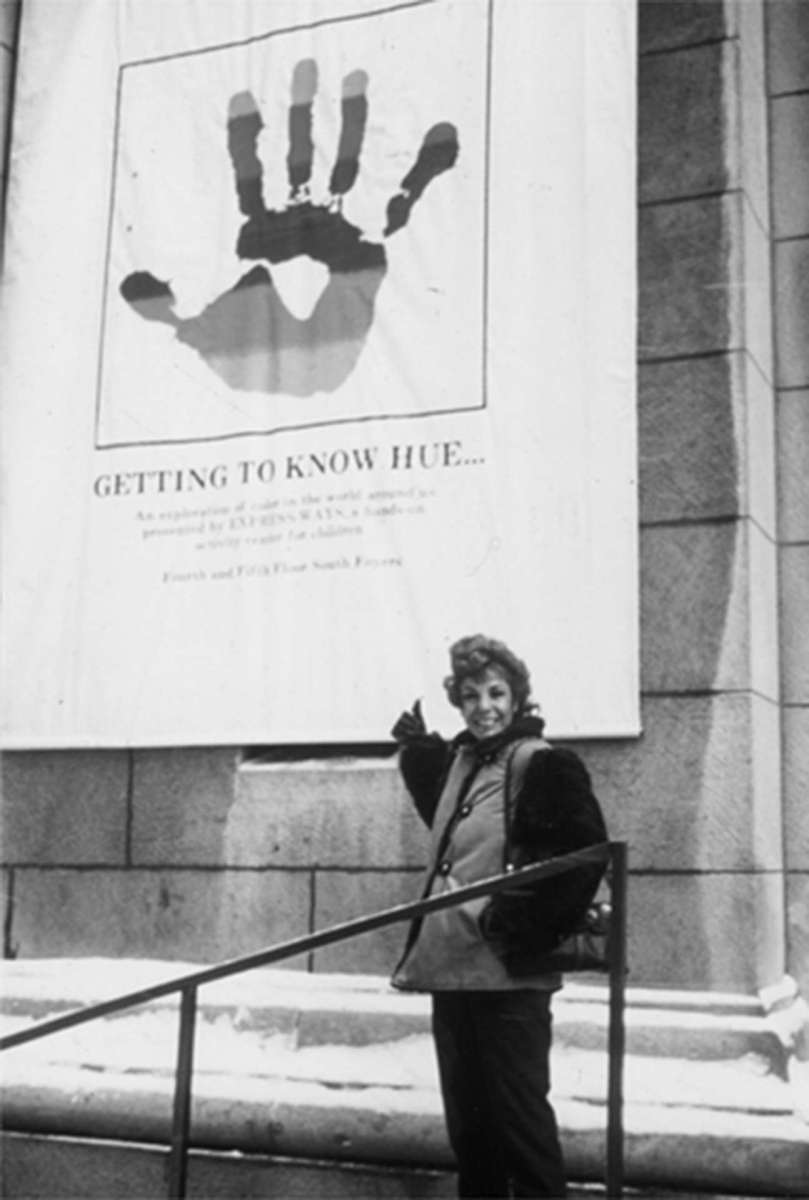
Q: Your answer actually leads us to my next question: how important do you think the concept of playing is for children?
A: I think it’s really grounded in the idea that we aren’t just looking at a child’s brain but their overall healthy development, such as how they grow cognitively, how they develop language skills, their social, emotional, and physical development, etc. And when you look at a child in a whole, you realize that children need a wide variety of experiences to discover what excites and motivates them. They also need the stimulation provided by these experiences, which expose them to different learning modes and tap into different developmental areas. What we know is that children’s learning is very much relationship-based. They learn from significant adults in their life, starting with the parent or parent figures, and then expanding to peers and learning in the community.
That provides all the necessary nuances that promote the development of their social skills. Children learn to problem-solve, develop empathy, think in new ways, and transfer learning because you could learn from a book or a screen, but if the knowledge is not applicable in real world, then it’s not worth as much. So we give children a real-life testing lab to try out some skills they may be developing through other aspects of their lives.
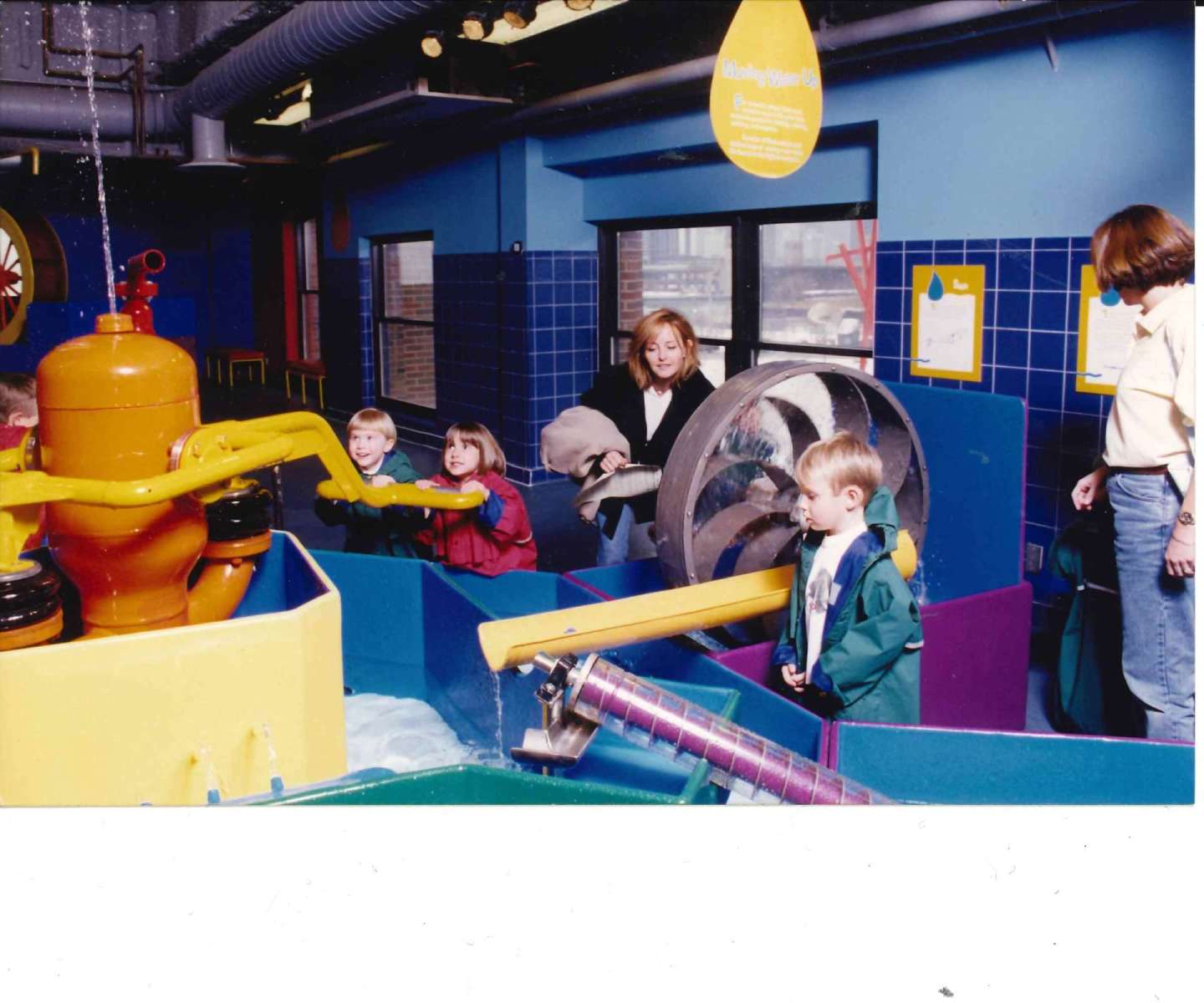
Q: Then, with most of your programs being interactive and hands-on, how has the pandemic impacted the museum? Was it challenging?
A: Thank you for asking, because it has been really, really hard. We closed for sixteen months, and that’s a long time when you think about sixteen months in a child’s life: that’s a big chunk. This is the first year we reopened, and we welcomed 175,000 visitors. We gained some speed in the next five months and had 80,000 more visitors. We’re really seeing people coming back together because they recognize that children need social experience.
One of the things we did while closed was finding ways to support hands-on learning experiences closer to where families live, work, play, and go to school. We continued to develop programs that supported parents in offering hands-on learning in their homes. That included distributing art materials, sharing ideas with parents online to keep their kids busy and stimulated at home, and partnerships with schools and communities to ensure play-based learning similar to the Children’s Museum was available closer to where the kids were.
And now we’re just so happy and grateful for the parents to come back. And we’re delighted to offer new experiences since we leveraged the pandemic closedown time to develop a new art studio experience. We installed our new Flyboy sculpture outside the museum to welcome families back, and we will open our new water experience, called Water City, early next year. Water City is built upon our old water experience, which was extremely popular. Get ready to splash and get wet!
Q: Speaking of new programming, what are you doing for this holiday season?
A: We know families love to celebrate together and the holidays are the perfect time for that. Winter is the time to get out and get your wiggles. So, the Chicago Children’s Museum will offer a week of play around the holidays with extended hours and days of operations starting December 26th through January 8th. I urge people to check our website for more information on that. We’ll also have lots of programming. Some have been loved by families since a long time ago, such as our annual holiday dough program in the art studio, which is our favorite multi-sensory program. We’ll be lots of hands-on activities which families can drop in to. Our tinkering lab studio will be open, plus plenty of performances and demonstrations.
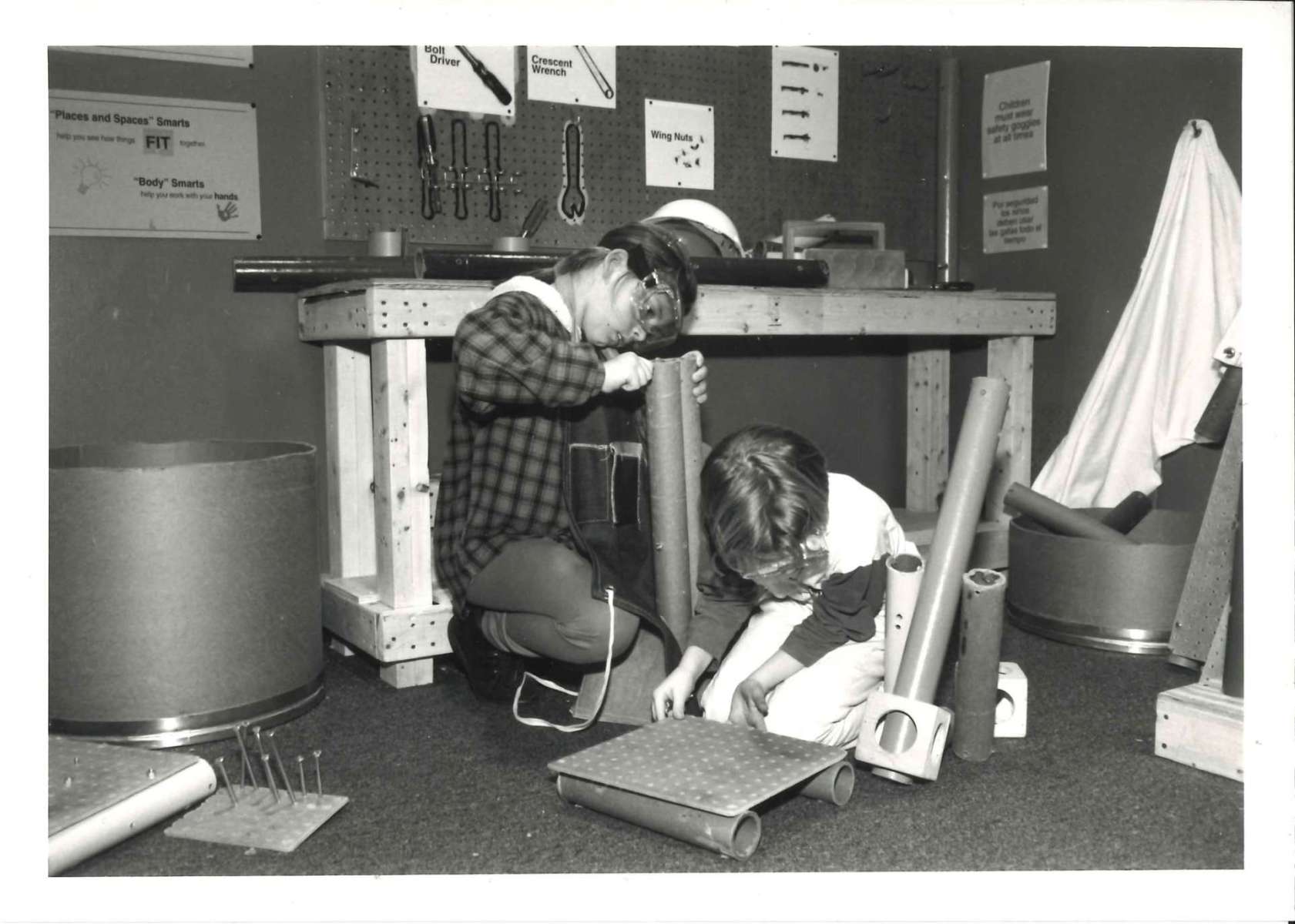
Q: How are you doing with your fundraising goals this year? And how can everyone help?
A: The most important thing you can do is come visit. Show up, and show us you’re ready to play and engage. We also love when families become members. Not only is it a fantastic investment for your family as the membership allows you to play all year, but also supports the museum. Fundraising-wise, we’re actually having a wonderful year. The 40th-anniversary celebration has brought our founders, board, and supporters all together to celebrate and support the museum in many different ways. It’s a great way to get back on track and start thinking about the next 40 years because Chicago Children’s Museum isn’t going anywhere.
Q: Last question: do you have a volunteer program? Are there other ways our passionate and helpful audience can get involved?
A: We do have a few different ways to volunteer, although with Covid-19, we had to step back from some of them. Right now, there are two main ways to get involved: Youth volunteers who volunteer with their schools, and those are set programs. Or you can check out our associate boards and see if anyone is interested in joining a Board of Users who supports, volunteers at, and helps bring more members to the museum. You can learn more about the Boards on our website.
Featured Image Credit: Chicago Children’s Museum


